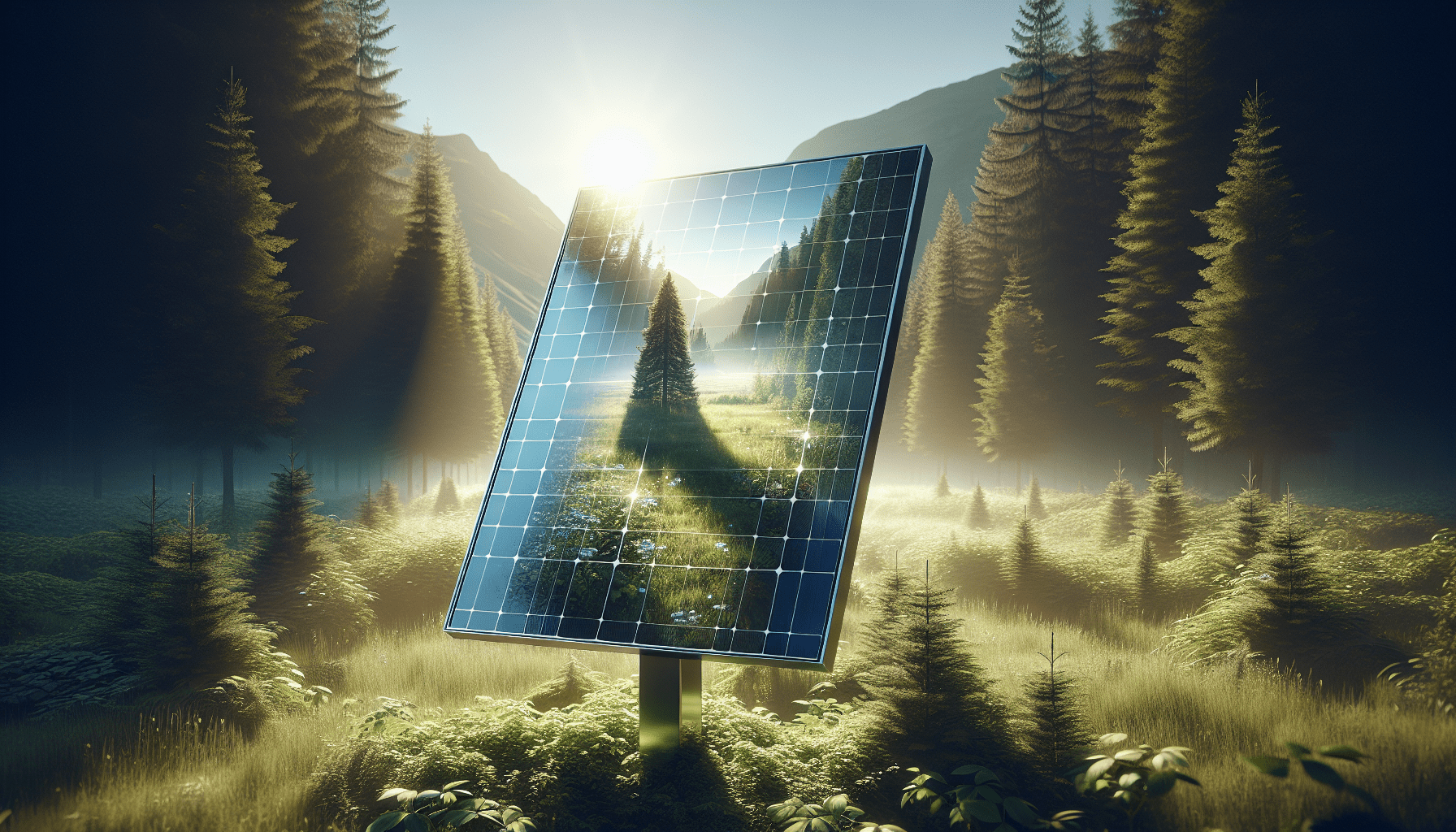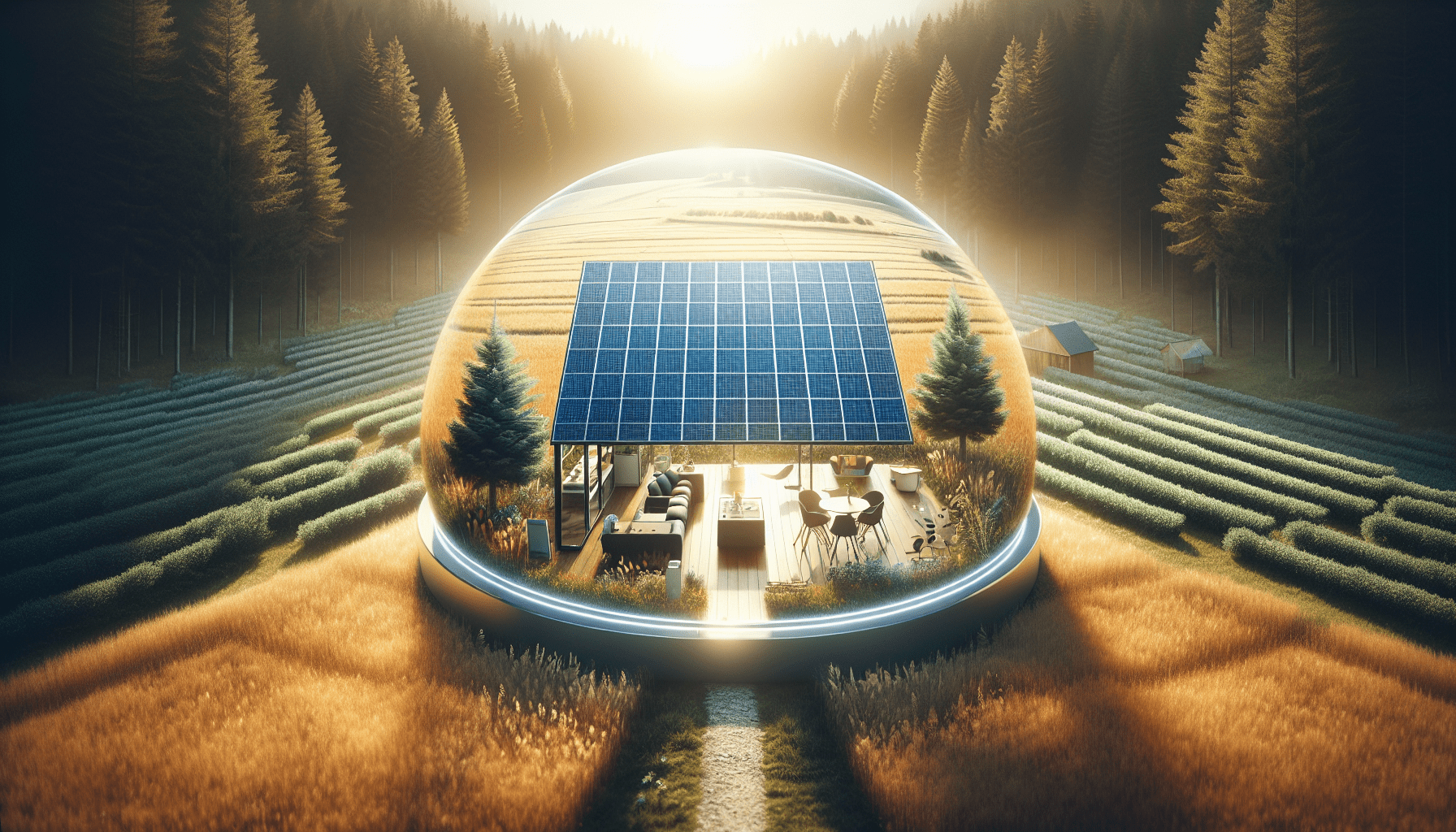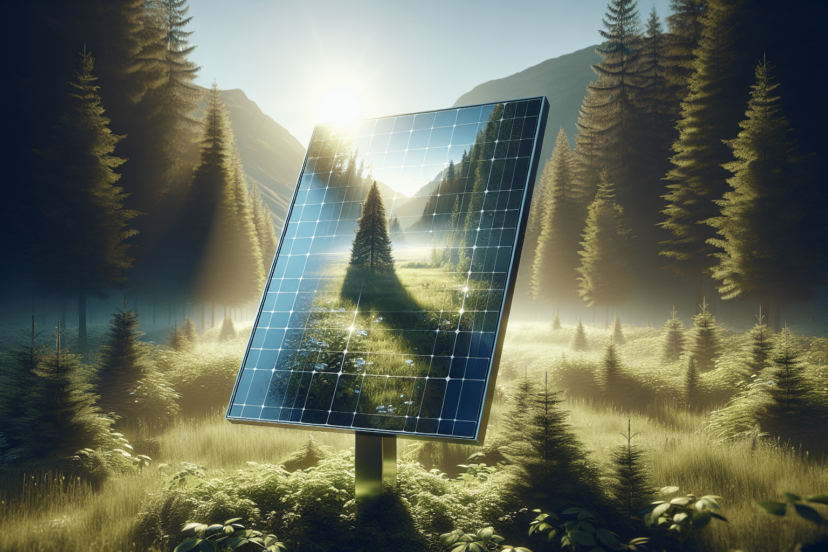Harnessing Solar Power for Off Grid Living
As an Amazon Associate, I earn from qualifying purchases, at no additional cost to you. Disclaimer
Have you ever wondered how you could live independently while making a positive impact on the environment? Transitioning to an off-grid lifestyle might just be the solution you’re looking for. off-grid living allows you to break free from traditional electricity sources, and harnessing solar power can make it both feasible and sustainable.
Click Here to Go Solar and Save
Understanding Off-Grid Living
Off-grid living refers to a self-sufficient lifestyle where individuals do not rely on public utilities such as electricity, water, and sewer systems. This lifestyle encourages the use of renewable energy sources like solar power, wind, and hydro to meet personal energy needs. Choosing to live this way often requires a shift in mindset and lifestyle, but many find it incredibly rewarding and liberating.
The Allure of Off-Grid Living
For many, the appeal of off-grid living lies in its promise of autonomy and sustainability. By generating your own power, you reduce your ecological footprint and become less vulnerable to external power failures. Additionally, living off-grid can result in significant cost savings over time, although it requires an initial investment in equipment and infrastructure.
Challenges and Considerations
Transitioning to off-grid living isn’t without its challenges. It involves planning and understanding your own energy needs, as well as potential legal restrictions depending on your location. Weather conditions can also affect the reliability of renewable energy sources, necessitating backup solutions. However, with the right knowledge and preparation, these challenges can be overcome.
Harnessing Solar Power: The Basics
Solar power is one of the most popular renewable energy sources for off-grid living. It involves capturing sunlight and converting it into electricity using solar panels. This energy can then be stored for later use or used directly.
How Solar Panels Work
Solar panels are made up of photovoltaic cells that convert sunlight into electricity. When sunlight hits these cells, it knocks electrons loose, creating an electrical current. This process is known as the photovoltaic effect.
Components of a Solar Power System
To harness solar power effectively, there are several key components you’ll need:
- Solar Panels: These capture sunlight and convert it to electricity.
- Inverter: This converts the DC electricity generated by the panels into AC electricity, which most household appliances use.
- Battery Storage: To store excess electricity for use when sunlight is not available.
- Charge Controller: This regulates the voltage and current coming from the solar panels to the batteries, preventing overcharging.
Types of Solar Panels
Solar panels come in different types, each with its advantages and drawbacks. The most common types are:
Monocrystalline Solar Panels: Known for high efficiency and durability but are usually more expensive.
Polycrystalline Solar Panels: Generally more affordable but slightly less efficient.
Thin-Film Solar Panels: Lightweight and flexible, but lower in efficiency compared to crystalline panels.

Click Here to Power Your Home with Solar
Planning Your Off-Grid Solar System
Planning an off-grid solar system requires careful consideration. You’ll need to calculate your energy needs, evaluate your location’s solar potential, and decide on the scale of your system.
Calculating Energy Needs
To determine your energy needs, you’ll need to list all the appliances and devices you intend to use and calculate their energy consumption. This involves:
- Estimating the wattage of each device.
- Calculating total daily energy consumption by multiplying the wattage by the number of hours each device is used.
| Appliance/Device | Wattage (W) | Usage (hours/day) | Daily Energy Consumption (Watt-hours) |
|---|---|---|---|
| Refrigerator | 200 | 24 | 4800 |
| LED Light Bulb | 10 | 5 | 50 |
| TV | 100 | 4 | 400 |
Assessing Solar Potential
Next, evaluate your location’s solar potential. This involves understanding the average sunlight hours your location receives per day. Regions closer to the equator generally receive more sunlight throughout the year, making them ideal for solar power generation.
System Sizing
Once you’ve determined your energy needs and solar potential, you can size your solar system accordingly. The basic formula involves dividing your total daily energy consumption by the average daily sunlight hours to find the required panel capacity.
Installation and Setup
With careful planning done, the next step is setting up and installing your solar system. This includes positioning the panels for optimal sunlight exposure and setting up the other components of the system.
Panel Installation
The positioning of your solar panels is crucial for maximizing efficiency. They should be installed at an angle that corresponds to your geographical latitude and should face true south (in the Northern Hemisphere) or true north (in the Southern Hemisphere).
Inverter and Battery Setup
Install the inverter and batteries in a secure, dry location. The inverter should be placed as close to the main power switch as possible to minimize power loss. Ensure your battery storage is well-ventilated and kept at a stable temperature to prolong battery life.

Click Here to Discover Solar-Powered Solutions
Maintenance and Upkeep
A solar power system requires regular maintenance to ensure it operates at peak efficiency. This involves:
- Cleaning Panels: Removing debris and dust from panels to prevent them from obstructing sunlight.
- Monitoring Battery Health: Checking battery charge levels and performance regularly.
- Inspecting Connections: Ensuring all electrical connections are secure and free from corrosion.
Embracing Solar Power for Off-Grid Living
Harnessing solar power for off-grid living is a journey toward independence, sustainability, and self-reliance. Although the initial setup may require significant investment and adjustment, the long-term benefits make it an attractive option.
Advantages of Solar Power
Employing solar energy can drastically reduce electricity bills since sunlight is free once you have the equipment installed. It also decreases dependence on fossil fuels, contributing to a reduction in carbon emissions and helping combat climate change.
Legal Considerations and Incentives
It’s important to be aware of local laws and regulations concerning solar installations. Many regions offer incentives and tax credits for renewable energy systems, which can significantly offset initial costs.
Real-Life Stories and Experiences
Hearing about others who have successfully made the transition to off-grid living can be incredibly motivating. Many individuals and families have taken the leap and found enormous satisfaction in living sustainably and independently. Their stories offer valuable insights and inspiration.
A New Way of Living
Ultimately, adopting solar power for off-grid living is more than just an energy solution; it’s a lifestyle change. It requires conscious decisions about energy consumption and a commitment to maintaining your system. However, the rewards are a newfound freedom and a profound connection to the environment.
In conclusion, if you’re passionate about living sustainably and desire a greater degree of independence, harnessing solar power for off-grid living is an exciting path forward. Equip yourself with the necessary knowledge, plan carefully, and you’ll find the journey not only feasible but incredibly fulfilling.

